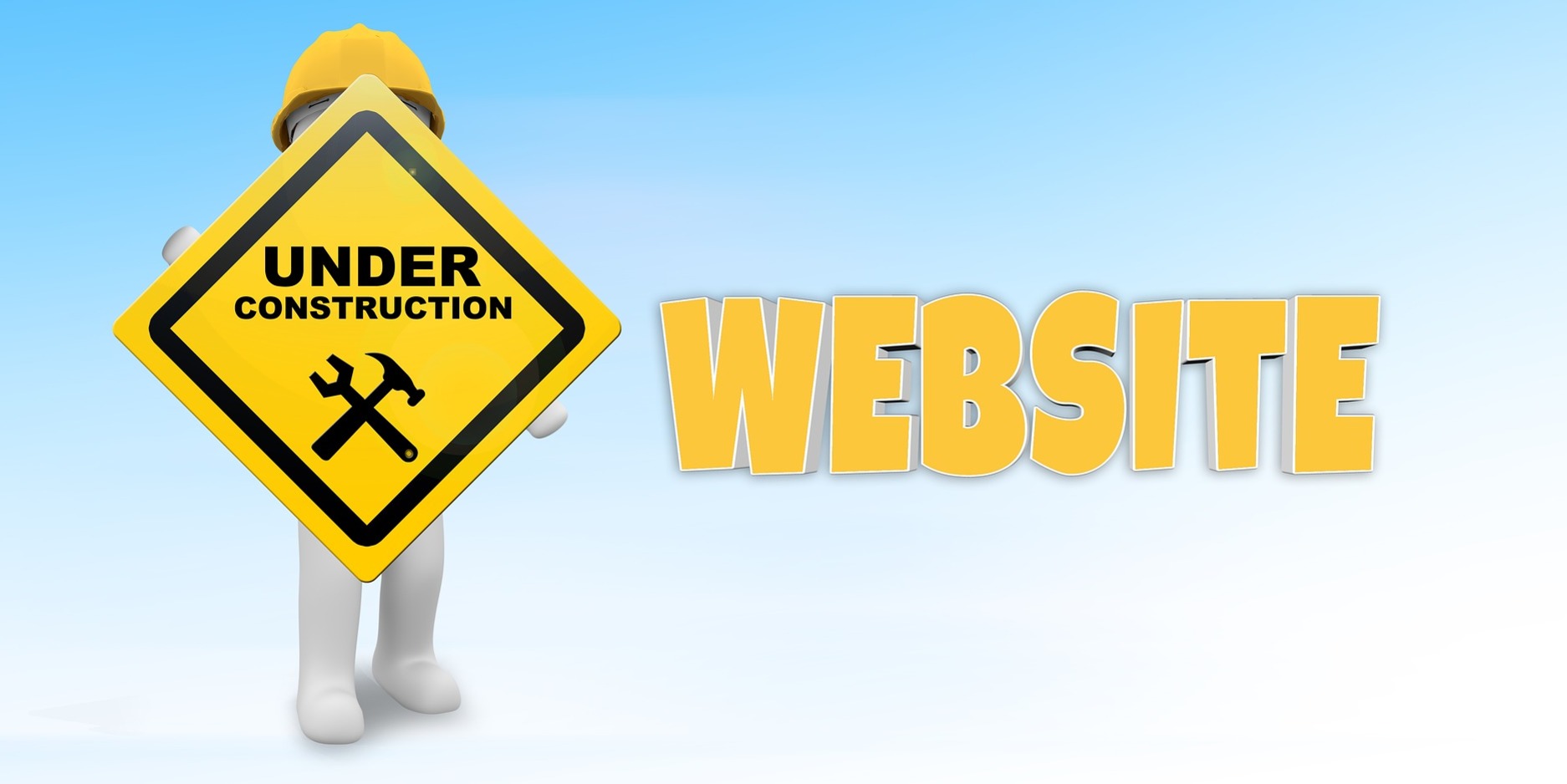What to Expect When Building a New Website
Posted on 20th February 2023
Whether you’re considering refreshing your website or building from scratch, it can be a daunting task. However, knowing what to expect when building a website and what to prepare beforehand gives you an advantage.
It’s also an opportunity to review your website, consider what is and isn’t working, and plan the layout of your website. The more prepared you are, the better you will be able to brief your website designer, and the more successful your final website will be.
Why is it important to plan your website?

Building a website, be it a completely new site or upgrading an existing site, can be a complex process. It isn’t something that should be undertaken without first deciding on your strategy and creating a plan of action with timelines. Not only does this keep you and your website developer on track, but it also helps to ensure all the necessary functional elements of the website are included, i.e. nothing is forgotten.
A website plan enables you to set out the intention of the website, assess the type of website you want and create the goals you want to achieve with the website. It also helps you to decide and outline the purpose of every page on the website, which is key to ensuring SEO and local SEO optimisation.
Planning your website down to the last detail makes sure all the different website elements are incorporated, as well as deciding on which features, capabilities, and design concepts to use. Whether you are new to building websites or are working with experienced professional website developers, website planning ensures:
A high-quality, successfully functioning website.
Reduced errors and challenges when building the site.
Better communication leading to more engaged stakeholders and an improved decision-making process.
Less ongoing maintenance and easier upgrades.
Saves time!
The three key elements of website planning

When planning your website, there are three key areas that you should focus on:
Content – this isn’t just about the type of content you use on your website; it’s also about how it is displayed, particularly on mobile devices. With as many as 8 out of 10 consumers saying they would stop engaging with content that isn’t displayed well, how your content is formatted on every device is essential.
Assets – by this, we mean your logo, the colours and fonts used, the photos/images/illustrations/videos, any customer testimonials, social media icons, downloadable content, like white papers, and RSS or video/podcast feeds. These assets must have consistent branding running through them; they must be easy to read/assimilate and present a cohesive, aesthetically pleasing appearance that is unique to your company and engages your visitors/users on your website.
Features – a website’s usability is crucial in today’s digital age. Therefore, taking time to plan the features on your website, such as the menu, navigation tools, links and integrated widgets, will save you a lot of hassle later on. When 88% of users are less likely to return to a website if they’ve had a bad user experience, you can see why this element is so important.
Steps to building a website

Now that you’ve done the website planning let’s focus on the stages your website developer will go through when building your website.
1. Identifying the goal – this is possibly the easiest step, as you may have already identified the website's purpose during the planning process. But just in case you haven’t, ask yourself:
a. Who is the website’s target audience?
b. What will they expect to find on the website or be able to do?
c. What’s the primary aim? To inform, sell, teach or something else?
d. Is it the primary website and, therefore, must convey your brand’s clear core message, or is it part of your branding strategy with a direct, unique purpose, such as a landing page?
e. How are you differentiating your company/brand/website/products/services from your competitors?
2. Website timeline – work with your website developer in creating a timeline, complete with milestones and deadlines that are achievable and that you both agree on. Not only does this keep everyone focused on the task, but it also ensures everyone knows where the website build is in terms of progress.
3. Creating a sitemap – the website sitemap is a navigational tool. It clearly outlines its architecture, including how each page is linked/related to another, its features and assets, and the hierarchy. You wouldn’t build a house without layout plans, so don’t expect to build a website without a blueprint.
4. Creating the content – now comes the fun stage where you start to see your website come together. There are two aspects to consider with your content:
a. That it is user-friendly, it is informative, engages readers/users/visitors and drives an action.
b. It is SEO optimised; you can have the best website in the world, but no one will see it if it’s not optimised for search engines. So, make sure you are using the right keywords and phrases that are being used in search engines, H1 tags and headers are included, all pages and assets have a meta description, and your body of content is well-written, readable, informative, engaging and keyword-rich.
5. Visuals – now you’re starting to put the finishing touches to your website by adding all your visual assets, such as images, illustrations, graphics and videos. This also includes your branding, i.e. brand colours and logo, and any links to social media channels. Don’t forget to compress your images, so you don’t lose image quality and reduce page loading times. You may decide to embed videos into your website or link them to a YouTube channel; the latter will mean your website loads more quickly and presents a more sustainable website.
6. Test, test, test! –This stage of your website build has to be the most important. Test that all your internal and external links are working correctly, that the website loads quickly and correctly across all browsers and devices, and that it is optimised to appear on the first/second page of search engine results. Check all your metadata and that it is all keyword optimised, and lastly, make sure there are no spelling/grammar/layout mistakes with your content.
Building a well-designed, fully functional, mobile, and optimised website that gives the best representation of your company is not a simple, quick task. It takes time; the better your planning, the easier the website-building steps will be.
It’seeze Windsor is a specialist website design company that offers businesses affordable website packages and ongoing expert support. Our high-quality, professional web design services are ideal for start-ups and small businesses in Windsor. Not sure if your existing website is working for you? We also offer a free Website Health Check that highlights the areas where improvements can be made. Call us today to create the website of your dreams and turn your business into a success.
Tagged as: web design
Share this post:



